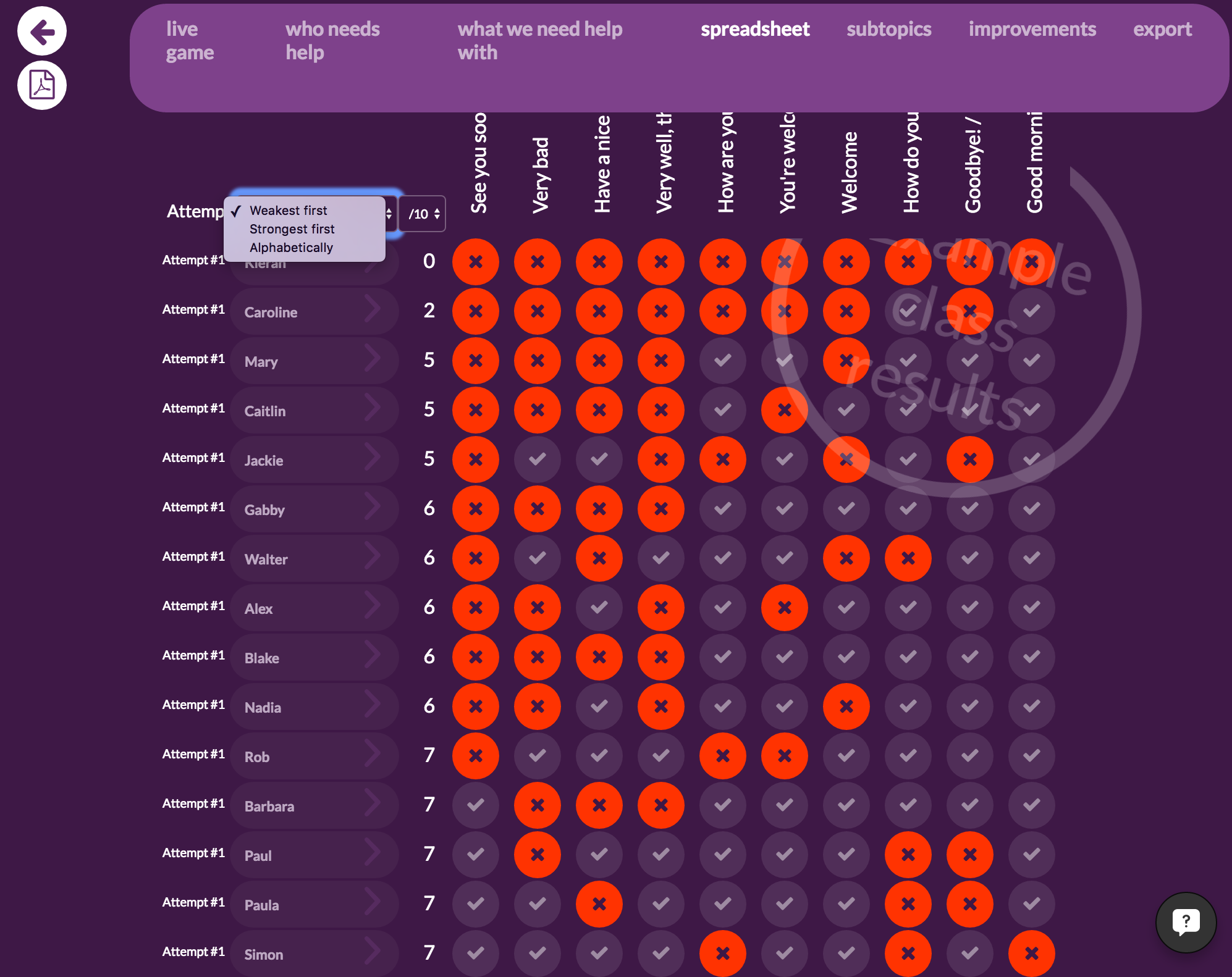What do we do with the quiz results or exit slips we’ve collected? Summative student data is often given precedence over formative student data, but making greater use of the latter can result in a much more fruitful learning and teaching experience.
Making sense of the data
We’re no strangers to grade books, and technology has helped facilitate the process of calculating and recording students’ grades. But numbers alone are useless unless we identify patterns and make meaningful sense of them to effect change in the classroom.
What, then, can we do with data?
1. Identify and plug learning gaps
Students’ learning gaps are often discovered too late in the year, when the exams are nearing or, even worse, after they’re taken! Making use of the data from formative assessments, whether these consist of online quizzes or class discussions, can help teachers make timely interventions in class and plug learning gaps before moving on to the next topic.
Building on from this, formative data enables teachers to unearth weak subject areas and make better decisions regarding revision for the class as a whole. With looming deadlines, it is all too easy to fall into the trap of teaching according to our work plan, instead of according to our students’ needs.
2. Identify struggling students
Our students, just like us, have different strengths and weaknesses, and it is important to keep track of their levels of understanding. In reality, however, this is much easier said than done, particularly when there are so many different topics and skills just for one subject, and more students in a class than we can count on our fingers!
Online tools like Quizalize help make this process of data gathering much more straightforward, by doing the tedious work of consolidating student results for teachers. We can then identify not only who needs help, but also what they need help with, enabling us to conduct targeted remediation sessions for those who are falling behind.
3. Conduct differentiated teaching
Consistent and effective differentiated learning is every teacher’s dream, but again, it is something that is often difficult to implement, what with hectic timetables and marking loads always piling up.
We know that our students learn in different ways and at different paces, and so should ideally be taught in ways that best suit their individual needs and personalities as well.
Quizalize makes it easy to do this, with a differentiation function that is seamlessly integrated into our gamified quiz system. Based on a student’s performance on a quiz, the most appropriate follow-up activity will be assigned to him or her. The effectiveness of the activity can then be measured when a student returns to try the quiz again.
Do you have any other suggestions on how data in the classroom can be used? Share your ideas with us on Twitter!


